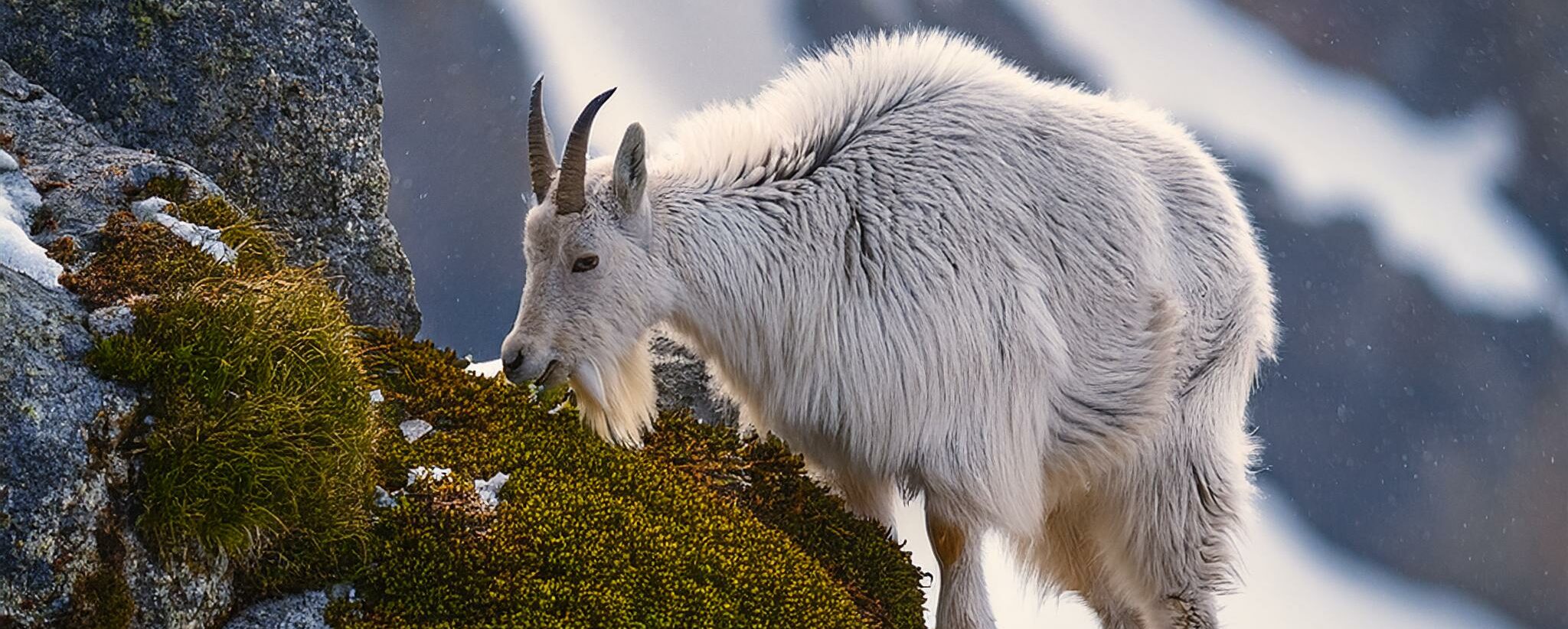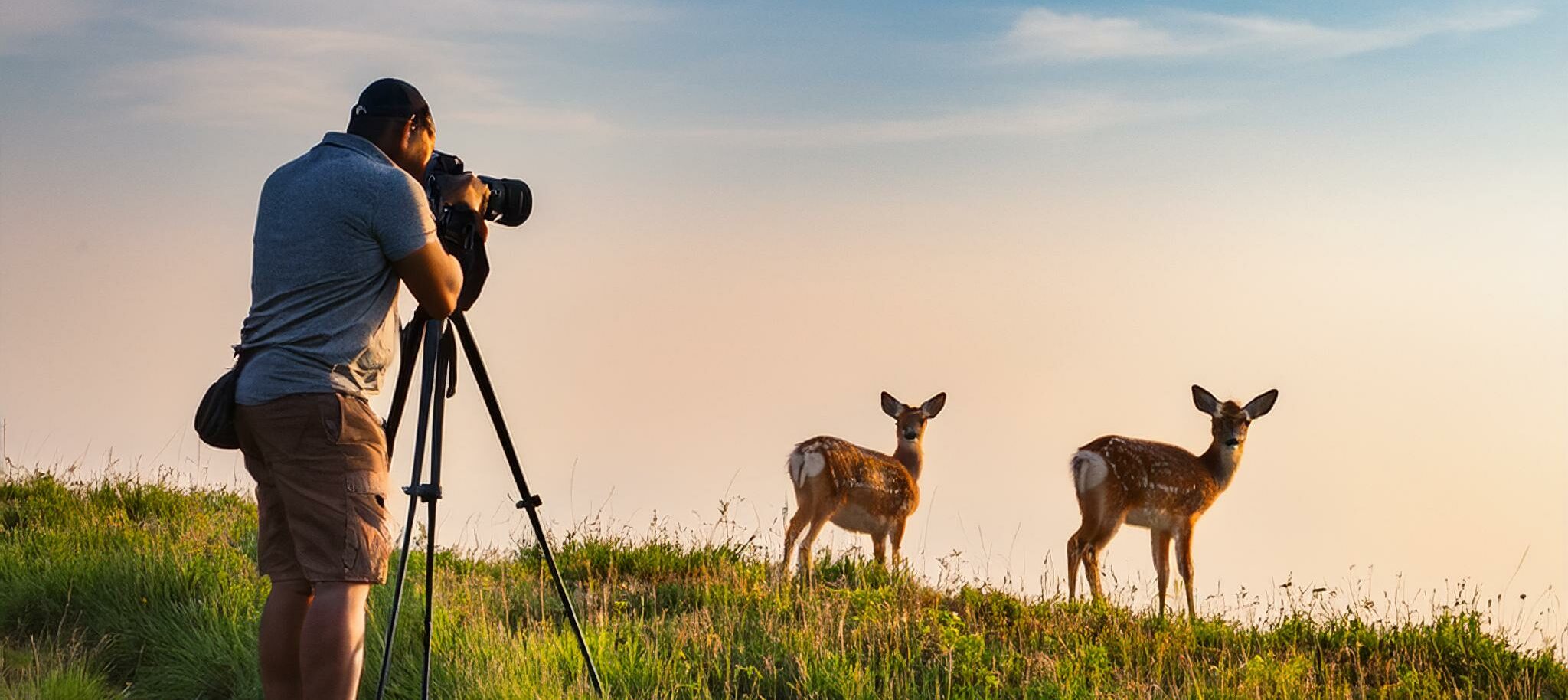So, picture this: the first light of day nudges the curious chipmunk awake. These little guys are quick to seize the day, diving into their morning routines before most of us have even had our first sip of coffee. They’re naturally early risers, and that dawn light has them stretching, shaking off sleep, and ready to move.
Once they’re up and at ‘em, these critters zero in on what fuels them – food. They’ve got a taste for seeds, berries, and the occasional nut. It’s not just about filling their tummies though; they’re also keen on making sure they’ve still got enough in the stash to last them through less bountiful times. This gives them the energy they need to scurry around, checking out their territory, and keeping everything in line.
Now, when it comes to outlining their turf, chipmunks have a whole mapped-out system within their tiny heads. They know every corner of their little patch of heaven. They zip around, darting in and out of their hidden burrows, making sure no fellow chipmunk is poaching their precious finds. Early in the morning, their reconnaissance missions are in full swing, and they’re alert, keenly observing for any intruders who might need a gentle reminder of whose turf they’re on.
What’s truly fascinating is the unique quirks you’ll see if you’re observant enough to watch these guys during the early hours. Despite the hustle, they have moments of sheer stillness; perhaps they’re taking a moment to bask in the sunlight, or maybe they’ve picked up on something in the environment that demands their attention – whatever it is, these little pauses show just how nimble they are, both mentally and physically.
Social Interactions: Communication and Group Dynamics
Ever wondered what all that chattering is about when you’re wandering through the woods and hear a peculiar chipmunk symphony? These vocalizations could be anything from a warning call to friendly chatter. Chipmunks have quite a repertoire, using distinct sounds to communicate a variety of messages. Spotting a hawk or a sneaky cat might just trigger a high-pitched alarm call, alerting others nearby to the potential threat.
Beyond their chatter, chipmunks are fiercely protective of their territory. Each chipmunk has its own declaration of boundary lines, and while they may seem cute, they’re not afraid to confront intruders inching too close. These territorial displays are critical since they’re not just marking their homes but also their food sources.
Life’s not only about defending space, though. In the world of chipmunks, community plays a role, albeit a less direct one than in some other animals. These furry critters lead solitary lives for the most part, yet there are moments where the interconnectedness comes to light, like during play or when spotting a pal; these instances show their capacity for social interactions.
Playtime for chipmunks is not only adorable but crucial for their development and communication. From mock-chases to playful wrestling, these interactions are practice rounds for real-life situations and strengthen their ability to interact with one another. If you’re lucky enough to catch a glimpse of this lighthearted behavior, it’s a testament to the hidden complexity within their seemingly simple lives.
Feeding and Nesting: Essentials of Chipmunk Life
When it comes to mealtime, chipmunks have an impressive menu. They go for seeds, nuts, berries, and even the occasional insect. Their dining preferences make them masters of adaptability, allowing them to thrive in environments where food can be scarce at times. Yet, it’s not just about what they eat; it’s about how they get it. Chipmunks are savvy foragers, working tirelessly to gather food and store it safely in their burrows.
These little guys are the original hoarders, meticulously collecting and stashing away a variety of foods. Their cheeks, which can expand to incredible sizes, act like natural grocery bags, carrying food back to their burrows. This behavior isn’t just about survival; it’s their way of ensuring that they’re well-prepared for leaner times, especially during the colder months when fresh food isn’t always easy to come by.
Their homes, or nests, are fascinating too. Chipmunks construct intricate burrow systems that serve multiple purposes – from safe havens for rest and sleep to secure storage units for their culinary treasures. These burrows are cleverly designed with multiple entrances and hidden chambers, providing both security and efficiency as they scurry from one task to another.
As seasons change, so does chipmunk behavior. Their feeding habits and nesting patterns are fine-tuned to the cycles of nature. As autumn approaches, they ramp up their food-gathering activities, driven by an innate urge to ensure they can weather winter’s challenges. This seasonally adjusted routine underscores their resilience and resourcefulness, highlighting the amazing adaptability of these small but mighty creatures.
Rest and Recuperation: Nighttime Quietude
After a bustling day, chipmunks seek some well-earned tranquility as the sun dips beyond the horizon. Their evening routine involves winding down, often observed retreating to the coziness of their burrows. These hidden refuges aren’t just about comfort, they play a pivotal role in keeping chipmunks safe from nocturnal threats, ensuring they rest without worry.
Sleep is vital, just like for us, impacting not only their mood but their survival. Chipmunks typically snooze snugly nestled away underground, shielded from the chill and predators lurking about. It’s in this secretive haven that they recharge, squeezing in the essential rest which keeps them spry and alert come dawn.
Where they choose to sleep revolves around a balance between safety and opportunity. Their keen sense of what’s safe guides them to choose spots that offer the best protection. Unlike some other creatures, chipmunks don’t venture out much after dark, understanding that nighttime isn’t their strongest suit.
But nighttime isn’t just about sleep. The calm hours are also when they take stock of the day, though their reflection is less about meditation and more an instinctive mental check that aids their survival strategies. These quiet hours, often unseen by us, are filled with the natural rhythm of life, painting a fuller picture of a chipmunk’s existence.





